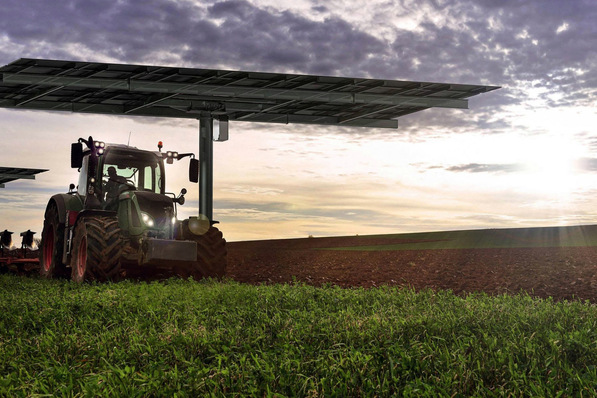The first version of Meteonorm was released in 1985. The first digital version was created between 1993 and 1995, commissioned by the Swiss Federal Office for Energy. This then became the standard in the PV industry and is now used in all simulations of solar generators. Most systems used for planning and simulations have a kernel that comes from Meteonorm, which Meteotest is administering as a plug-in.
Available in five languages
Meteonorm is also available as a web-based service (API) and a plug-in (DLL), and it is further possible to buy specific data sets online. “All major companies in the PV industry are using Meteonorm,” Jan Remund explains. “We have sold many licences around the world, and the software so for is available in five languages.” That is another strength of the Swiss: German, French and Italian are official state languages.
Any technicians can either buy data sets separately or a one-time licence for the software needed for planning the installation. Meteonorm can be used internationally, regardless of what country the installation company is based in.
Data on sun and wind
During the course of the energy transition, weather data needed for planning solar installations and wind turbines has become ever more important. “Our solar energy and climatology division covers photovoltaics, solar thermal energy, building data and solar-thermal electricity generation,” Cattin explains. “Many of our customers are in Switzerland. However, in PV 80 percent of our customers come from abroad, mostly from Europe, but also from around the world.”
Recently, the power industry demands forecast data hours and days in advance, i.e. for a prediction of solar irradiation or wind speed. For grid operation and energy trading, these are becoming increasingly important. PV is also accelerating in Switzerland, creating a growing demand for a solar land register in order to, for instance, facilitate the planning of rooftop solar generators.
A matter of life or death
Furthermore, Meteotest – how could it be otherwise with a mountain people – provide data and forecasts for mountain treks in the Alps, Himalayas or Andes. In early 2013 alone, 20 expeditions up Mount Everest were supported with weather data.
On such expeditions there is no room for error: Beyond the last base camp it is a matter of life and death. No little detail can be missed or misinterpreted, particularly the signs in the sky: clouds, wind, light and temperature.
Renowned for quality
The Swiss are renowned for quality, and that is no less true for weather data Made in Switzerland. For instance, ahead of large concerts or other outdoor events, insurance companies go to Meteotest for an assessment. “In order to assess the risk of severe weather or thunder storms, insurers ask us for precise forecasts,” René Cattin says. “Without these, no one would insure an open air event.” (HS/HCN)
Read here Part One: Meteotest Is Collecting Big Data For the Energy Transition
Use our service, get your free solar irradiation data
Read more about new products monitoring
Stay informed, get our free newsletter twice a week. Register here.







